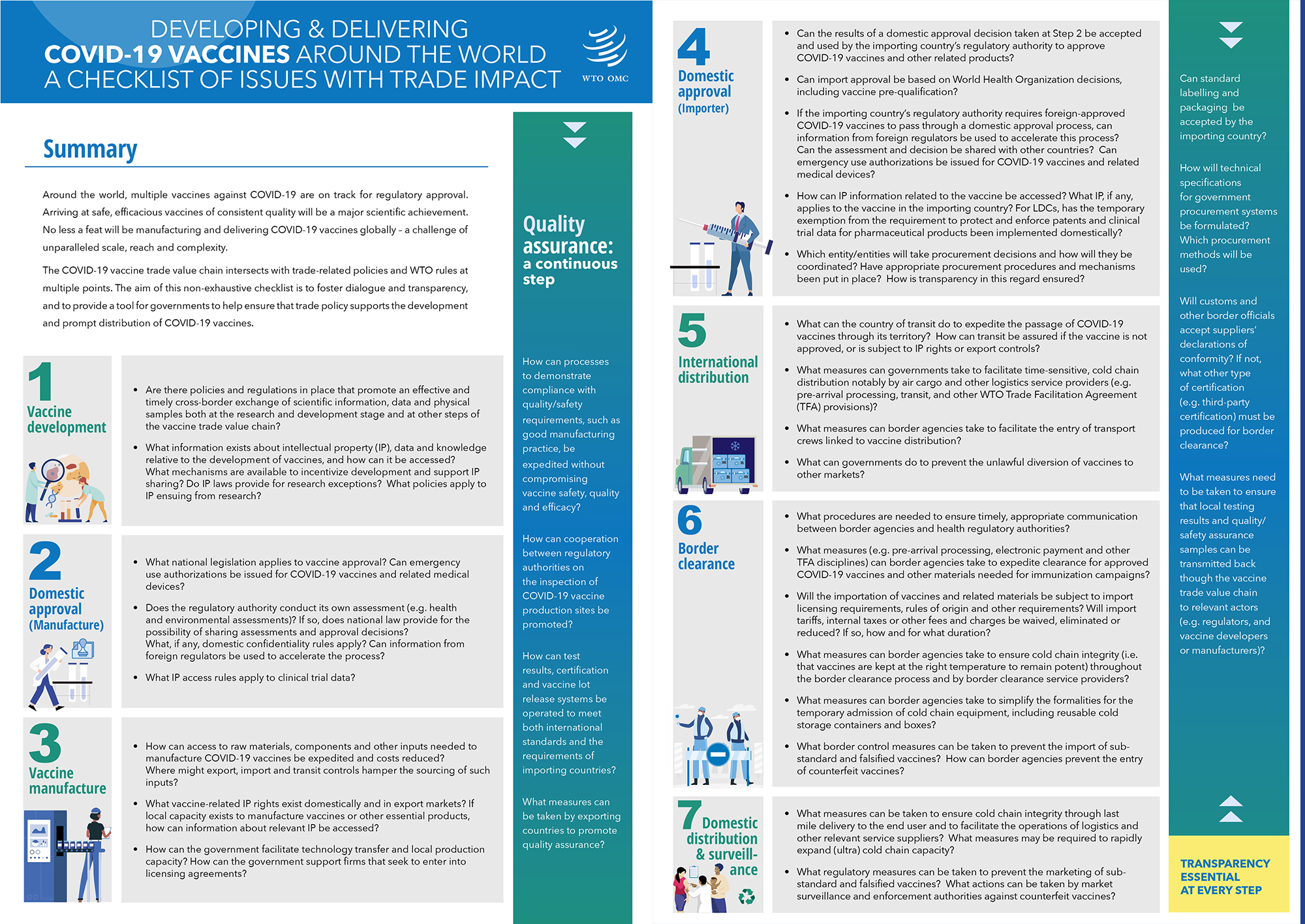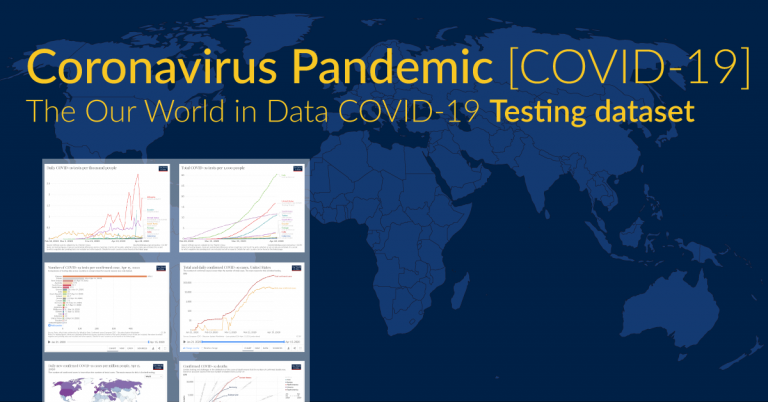Vaccination Rollout: Progress and Strategies Amid Pandemic

Vaccination Rollout: Progress and Strategies Amid Pandemic
The global vaccination rollout stands as a critical milestone in the fight against the pandemic. This article explores the progress made, challenges faced, and strategies employed in the ongoing vaccination efforts worldwide.
Global Vaccination Progress
The global vaccination effort has witnessed remarkable progress since the introduction of COVID-19 vaccines. Countries around the world have initiated mass vaccination campaigns to immunize their populations against the virus. The speed at which vaccines have been developed and deployed underscores the urgency of curbing the spread of the virus.
Challenges in Distribution and Accessibility
Despite progress, challenges in vaccine distribution and accessibility persist. Many regions face hurdles in securing an adequate supply of vaccines, and logistical challenges can hinder the efficient delivery of doses. Ensuring equitable access to vaccines remains a crucial aspect of the global vaccination strategy.
Variants and the Need for Flexibility
The emergence of new virus variants adds complexity to the vaccination rollout. Adapting vaccine strategies to address these variants requires flexibility and ongoing research. Vaccine developers and health authorities continually monitor and adjust vaccination approaches to maintain effectiveness against evolving strains of the virus.
Public Communication and Vaccine Hesitancy
Effective communication is essential in encouraging widespread vaccine acceptance. However, vaccine hesitancy poses a challenge, with misinformation and concerns impacting public perception. Public health authorities work to address misconceptions, provide accurate information, and build trust to enhance vaccine uptake.
Vaccination Strategies for Vulnerable Populations
Protecting vulnerable populations is a key focus of vaccination strategies. This includes prioritizing older adults, individuals with underlying health conditions, and those in congregate settings. Tailoring vaccination approaches to meet the unique needs of these groups is critical for reducing severe illness and mortality.
Global Cooperation and Vaccine Diplomacy
Global cooperation plays a pivotal role in ensuring the success of the vaccination rollout. Countries, organizations, and pharmaceutical companies collaborate to share resources, knowledge, and vaccine doses. Vaccine diplomacy efforts aim to address global disparities in vaccine access and distribution.
Addressing Supply Chain Challenges
The vaccine rollout has highlighted the importance of resilient supply chains. Challenges in the production, distribution, and storage of vaccines underscore the need for strategic planning and international collaboration to overcome supply chain hurdles and ensure a steady flow of doses.
Integration of Technology in Vaccination Management
Technology plays a vital role in streamlining vaccination processes. Digital tools, such as appointment scheduling systems and vaccine passports, contribute to efficient and organized vaccination campaigns. Leveraging technology enhances data management, tracking, and communication throughout the vaccination rollout.
Booster Dose Considerations
As vaccination efforts progress, discussions around booster doses come to the forefront. Evaluating the need for booster shots to enhance immunity and address emerging variants is an ongoing aspect of vaccination strategy. Health authorities weigh scientific evidence and global trends to determine the optimal approach.
The Path Forward: Achieving Herd Immunity
The ultimate goal of the vaccination rollout is to achieve herd immunity, limiting the spread of the virus within communities. This requires a significant percentage of the population to be vaccinated. Continued efforts in outreach, education, and accessibility are essential for reaching this critical milestone.
Visit The Healthy Consumer for comprehensive information and resources on the ongoing vaccination rollout. Together, let’s contribute to the collective effort in overcoming the challenges posed by the pandemic through vaccination.
Global Testing Standards: Protocols for Pandemic Preparedness

Global Testing Standards: Protocols for Pandemic Preparedness
The global response to pandemics relies heavily on effective testing protocols to identify, track, and manage the spread of infectious diseases. In this article, we explore the significance of global pandemic testing protocols and the essential role they play in preparedness.
Understanding the Importance of Testing Protocols
Effective testing is the cornerstone of pandemic preparedness. This section delves into the importance of testing protocols in identifying and isolating cases, understanding the prevalence of the virus, and informing public health strategies. Well-established protocols contribute to a more robust and coordinated global response.
Standardized Testing Approaches for Consistency
Consistency in testing approaches is crucial for accurate data collection and analysis. This part of the article discusses the benefits of standardized testing protocols. Consistent methods, including sample collection, testing techniques, and result reporting, enable comparability of data across regions and countries.
Rapid Testing for Timely Interventions
The speed of testing is paramount during a pandemic. This section explores the significance of rapid testing protocols for timely interventions. Quick turnaround times for test results empower health authorities to implement necessary measures swiftly, such as isolating cases and initiating contact tracing.
Global Collaboration in Testing Research and Development
Global collaboration is essential for advancing testing capabilities. This part of the article discusses the importance of international cooperation in research and development of testing protocols. Collaborative efforts contribute to the innovation and improvement of testing methods, ensuring their effectiveness in different contexts.
Testing Accessibility and Equity
Ensuring accessibility and equity in testing is vital for a comprehensive pandemic response. This section explores strategies to address disparities in testing access, including community testing sites, mobile testing units, and outreach programs. Equitable testing contributes to a more inclusive and effective public health strategy.
Integration of Testing with Contact Tracing Efforts
Testing protocols are most effective when integrated with robust contact tracing efforts. This part of the article discusses the synergy between testing and contact tracing, emphasizing the need for seamless coordination to identify and isolate cases, breaking the chains of transmission.
Public Communication on Testing Protocols
Effective communication is key to the success of testing protocols. This section explores the importance of transparent communication with the public regarding testing processes, accuracy, and the significance of testing in controlling the spread of the virus. Informed communities are more likely to actively participate in testing initiatives.
Challenges and Adaptability in Testing Protocols
Adaptability in testing protocols is essential as the situation evolves. This part of the article discusses the challenges faced in implementing testing protocols, such as evolving virus variants and changing transmission dynamics. An adaptable approach ensures that testing strategies remain effective in dynamic conditions.
TheHealthyConsumer.com: A Resource for Testing Protocol Insights
For comprehensive insights into global pandemic testing protocols, visit TheHealthyConsumer.com. The website offers articles, tips, and resources dedicated to understanding and navigating the complexities of testing strategies in these challenging times.
Looking Ahead: Continuous Improvement in Testing Protocols
In conclusion, global pandemic testing protocols are a dynamic aspect of public health. This concluding section reflects on the importance of continuous improvement, learning from experiences, and adapting testing protocols to enhance global preparedness for future pandemics.
In summary, testing protocols are a linchpin in the global response to pandemics. TheHealthyConsumer.com serves as a valuable resource for those seeking guidance on understanding and contributing to the ongoing efforts of global pandemic testing protocols in these unprecedented times.




(501).jpg)

